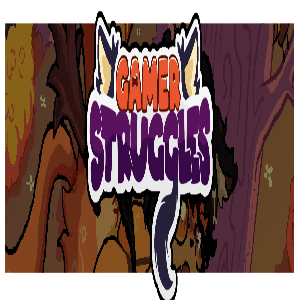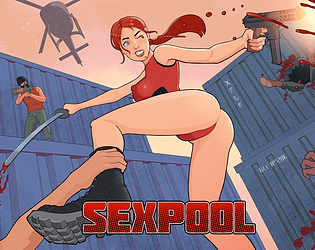After id Software's brilliant revival of Doom in 2016 and its even more refined 2020 sequel, Doom Eternal, it's challenging to imagine Doom reaching greater heights. Instead of soaring higher, Doom: The Dark Ages takes a grounded approach, bringing the high-speed, high-skill-ceiling first-person shooter experience closer to the hordes of Hell's minions in a medieval-themed prequel.
The new Doom shifts away from Eternal's platforming, focusing instead on strafe-heavy combat with an emphasis on power. While the iconic guns remain a staple of the series, the reveal trailer highlighted the new Skull Crusher, which uses the skulls of fallen enemies as ammunition, firing them back at living foes in smaller, faster chunks. However, The Dark Ages also places significant emphasis on melee combat, featuring three key weapons: the default electrified gauntlet, which can be charged up; the flail; and the standout Shield Saw from the reveal trailer, which can be thrown or used to block, parry, or deflect. "You're gonna stand and fight," game director Hugo Martin emphasized after my demo of the new Doom.
It's no surprise, then, that Martin cites three seminal pieces of pop culture as primary inspirations for The Dark Ages: the legendary original Doom, Frank Miller's Batman: The Dark Knight Returns graphic novel, and Zack Snyder's 2006 film 300, which is also based on a graphic novel by Miller.
The modern Doom's trademark Glory Kill finishing-move system has been revamped, allowing fatalities to be performed from any angle on the battlefield, adapting to the player's position. This change accommodates the constant presence of enemy hordes, reminiscent of 300 and the original Doom. In The Dark Ages, combat arenas have been widened, and players can tackle objectives in any order and explore levels freely. Martin noted that levels have been slightly shortened to maintain an optimal length of about an hour each.
Addressing a criticism from my review of Doom Eternal, The Dark Ages will no longer rely on the Codex for storytelling. Instead, the narrative will unfold through cutscenes, taking players to the far reaches of the Doom universe. id Software describes the story as a "summer blockbuster event with everything on the line," as the Slayer's power becomes a coveted prize among enemies.
Martin also highlighted the team's focus on simplifying the control scheme, acknowledging that Doom Eternal's controls were overly complex. The new game aims for intuitive controls, ensuring players aren't fumbling for unfamiliar buttons under pressure. Melee weapons will be equipped one at a time, like equipment. Additionally, the game will feature more secrets and treasures, with a simplified economy using only gold. These secrets will enhance skill progression, offering tangible gameplay rewards rather than lore deep-dives.
Players can now customize the difficulty with sliders, adjusting elements like game speed and enemy aggression to tailor their experience.
I also learned more about two standout gameplay sequences from the reveal trailer: the giant 30-story demon mech, the Atlan, and the cybernetic dragonback riding. These won't be one-off events but will feature a full suite of abilities and minibosses. Importantly, there won't be a multiplayer mode in The Dark Ages, as the team is focusing all resources on crafting the best single-player campaign possible.
For someone like me, who experienced the transformative impact of the original Doom in 1993, Martin's shift away from Eternal's direction and back to the design principles of the classic game is exciting. "It's just gotta be different [from Eternal]," Martin said. "Especially if I loved the game. [If] I wanna play a Doom game, I wanna feel strong, but I'm OK with changing what that power fantasy is, especially if that change brings it closer to classic Doom."
This renewed focus has me more excited than ever. The release date of May 15 can't come soon enough.















